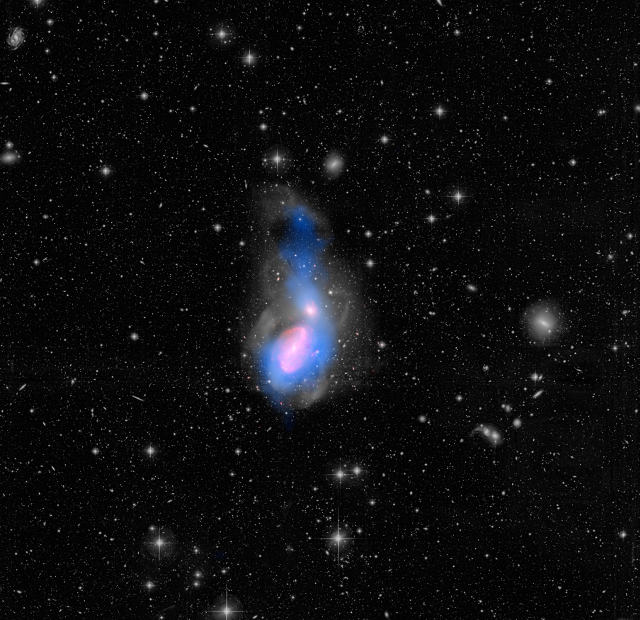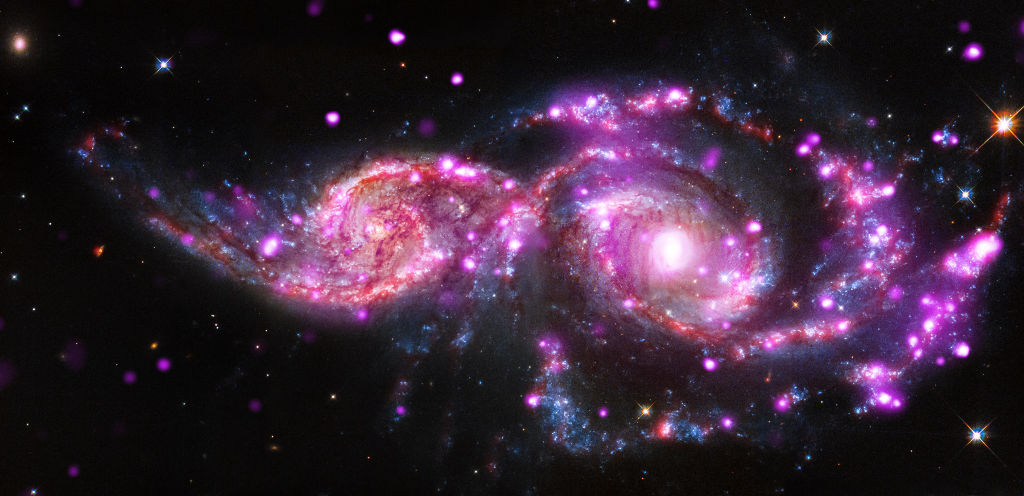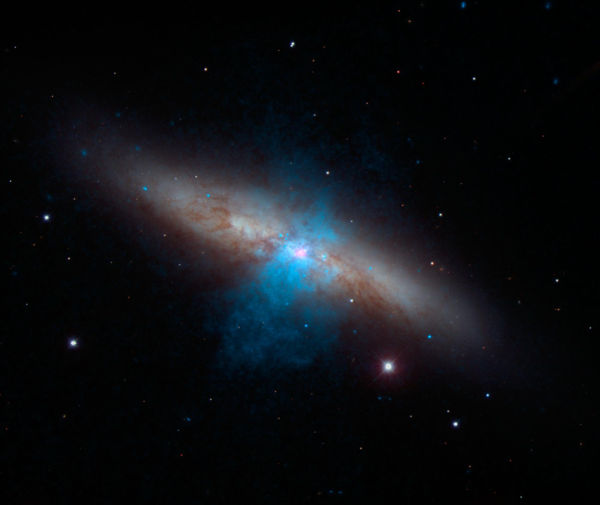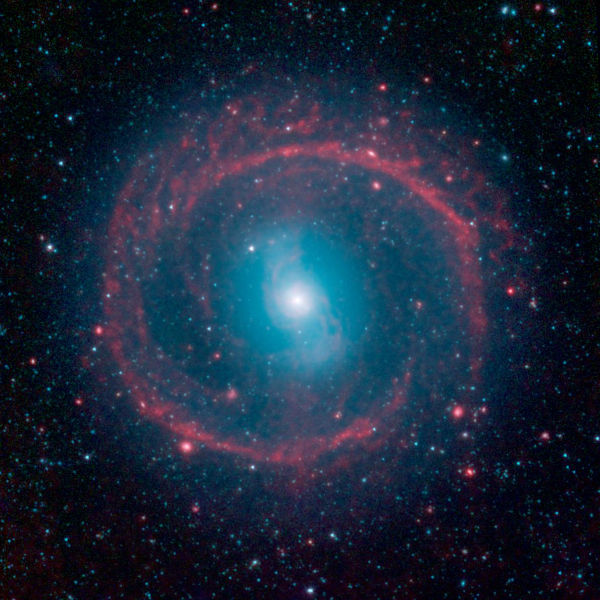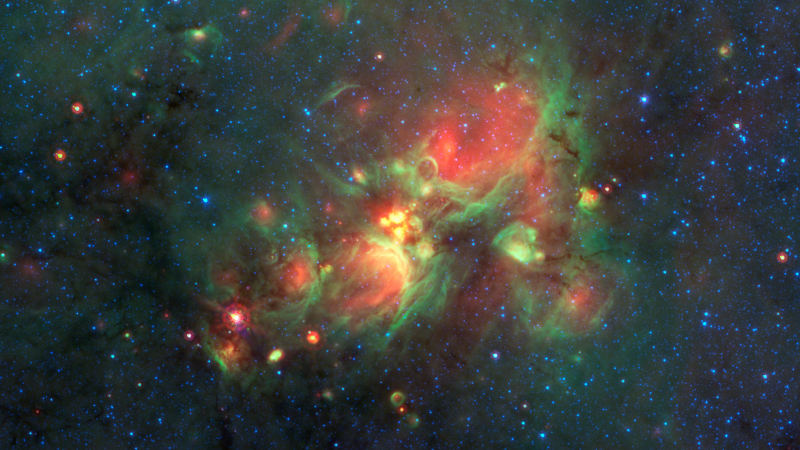
The central part of this picture of the Milky Way galaxy, as taken by NASA’s Spitzer Space Telescope, shows an amazing feature of our universe. The yellow parts of the infrared image, referred to as “yellowballs” by researchers, represent a phase of massive star formation in the galaxy. They are at an intermediary stage of massive star formation taking place before these stars create an emptiness in the surrounding gas and dust. These yellowballs are many times (100s or 1000s) the size of our solar system.
